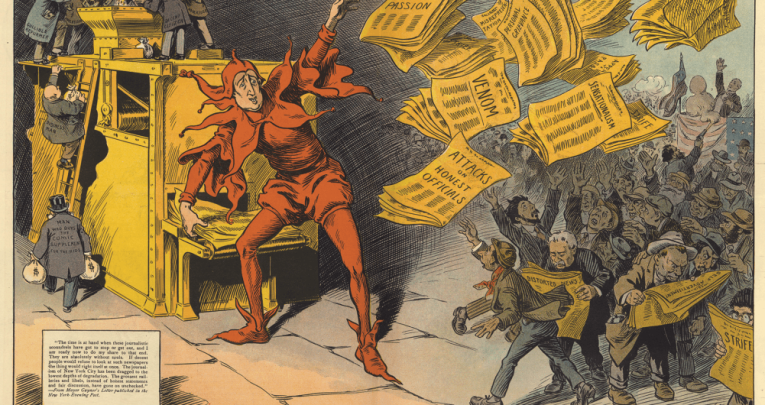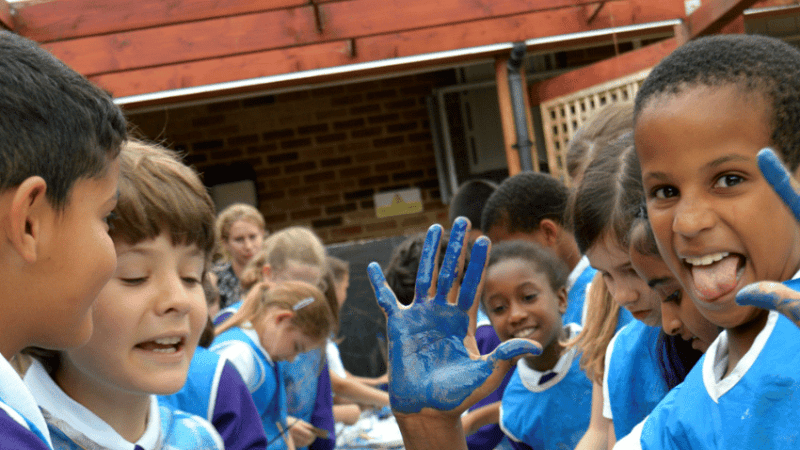Credible Sources to Help Students Spot Fake News

Unverified information on the internet can be a real problem for students and teachers alike – but credible sources are on hand to help, says Karthik Krishnan…

Two-hundred and fifty years ago there was no United States. No American or French revolutions. No Australia, Uranus, Neptune, or Pluto. No telephones, electricity, railroads, or cars. And Napoleon and Lincoln had yet to be born.
At the time, Encyclopædia Britannica was a publishing phenomenon, and most people’s source of reference information.
With the arrival of the internet came the move from using printed encyclopaedias to sourcing facts online, because of the ease of access. However, while a lot of information found in this way comes from credible sources, sadly a huge portion of it doesn’t.
According to an article in Scientific American, examples of fake news available online include, “NASA runs a child-slave colony on Mars!”, and “Photos taken by a Chinese orbiter reveal an alien settlement on the moon!”
Strange theories
Many of the articles published by Britannica over the years outline some of the earliest theories still held today but others, such as Peter Mark Roget’s (1815–24) report on the eccentric Viennese physician, Dr Franz Joseph Gall (1758–1828), highlighted less-credible scientific theories.
Dr Gall’s notion of cranioscopy had correctly determined that different parts of the brain were responsible for different human functions, but he was wrong in concluding that these different sections had ‘organs’ that could be felt on the skull.
His other mistake was to suggest that personality traits and mental and moral faculties could be determined (and even predicted) by the shape of one’s head.
Spontaneous human combustion (SHC) was one of the more unusual topics covered in Britannica’s 3rd Edition (1788–97).
Though most forensic experts believe stories of persons mysteriously consumed by flames can be explained by natural causes, such as lightning or a dropped cigarette, there are legions of SHC believers who attribute the conflagrations to everything from divine retribution for bad behaviour to an internal nuclear reaction.
There is, of course a fundamental difference between early theories from pioneering researchers of their time, that may not have been completely accurate and deliberately ‘fake’ information. Unfortunately, today current search engine algorithms are not yet advanced enough to differentiate between plausible and credible information.
Reliable support
So where does this leave schools and students? The BBC’s Newsround recently reported on experts from the University of Salford who believe children from the age of 10 should have classes teaching them how to spot fake news on social media.
There are several tools out there to support teachers, but one resource that has been developed to give students an understanding of how to identify trusted information, is Britannica’s Building Career and College Readiness Skills white paper.
This includes a section focused on helping teachers and students to ‘evaluate online sources’. It provides the former with step-by-step guidelines for introducing the topic and illustrates how learners can use the tools provided to conduct an evaluation of online sources.
Britannica also offers several lesson activities such as The five ‘W’s of website evaluation, designed to give students the knowledge to identify legitimate, credible learning content.
Providing young people with the understanding to be able to make their own decisions on the information they find is vital.
Let’s work together to keep the knowledge foundation strong and improve our critical thinking skills, which along with our creativity and interpersonal skills might continue to be the key things that differentiate us from machines. We are building machines that are faster and more efficient than humans; so let us not lose our edge.
Karthik Krishnan is global chief executive officer of the Britannica Group.











